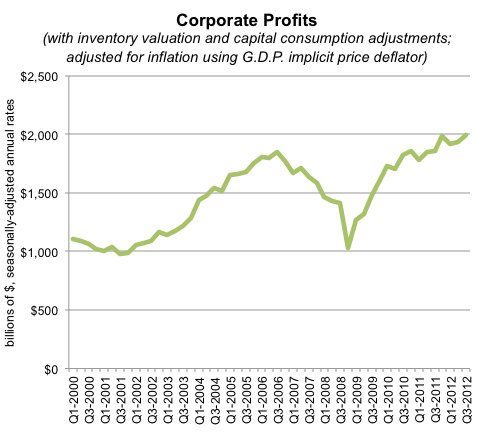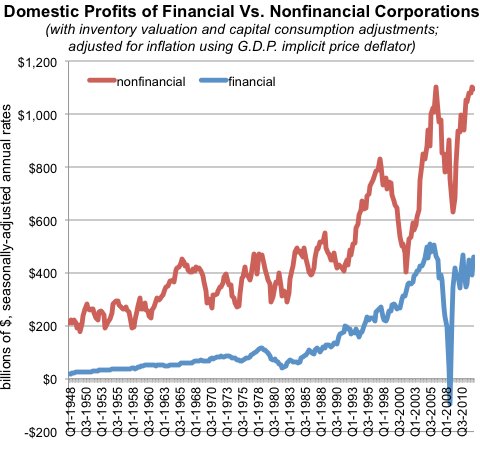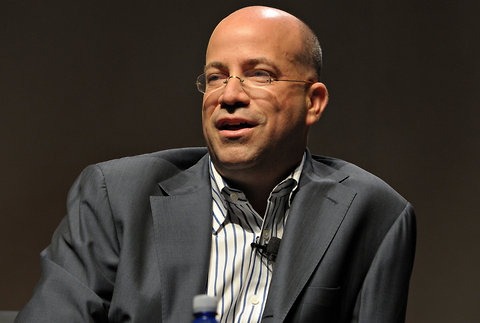 Peter Dejong/Associated PressEuropean antitrust authorities have raised concerns over U.P.S.’s proposed $6.8 billion takeover of TNT Express.
Peter Dejong/Associated PressEuropean antitrust authorities have raised concerns over U.P.S.’s proposed $6.8 billion takeover of TNT Express.
LONDON — United Parcel Service said on Friday that it had submitted concessions to European antitrust authorities as it seeks regulatory approval for its proposed takeover of the Dutch shipping company TNT Express.
U.P.S. said the remedies would include the sale of certain business units and the granting of access to some of its airline network to rivals. The company, based in Atlanta, did not provide specifics on which of its operations would be sold.
European antitrust authorities had raised concerns that the proposed 5.2 billion euro, or $6.8 billion, takeover of TNT Express would significantly reduce competition in the Continent’s package delivery sector.
Related Links
Joaquín Almunia, the European competition commissioner, had called on U.P.S. to offer significant concessions to gain regulatory approval for the takeover.
‘‘The proposed remedies aim to address the European Commission’s concerns regarding the competitive effects of the intended merger on the international express small package market in Europe,’’ U.P.S. said in a statement on Friday.
U.P.S. added that the concessions would not change the terms of its offer for TNT Express.
As part of the concessions, the deadline for European regulators to rule on the takeover has been extended until Feb. 5.
The continuing antitrust concerns have weighed on the deal since it was first announced in March. Stock in TNT Express is currently trading at a 20.5 percent discount to U.P.S.’s offer of 9.50 euros-a-share, though TNT’s share price has risen around 41 percent over the last 12 months.
TNT Express announced earlier in November that it would sell its airline operations to win antitrust approval for the deal with U.P.S.
ASL Aviation, which already owns 90 aircraft used for freight and passenger services, had agreed to buy Group TNT Airways and Pan Air Lineas Areas, which are both owned by TNT. The sale, whose financial terms were not disclosed, is dependent on U.P.S.’s successful take over of TNT Express.
If U.P.S. succeeds in its multibillion-dollar offer, the deal would be largest acquisition in the 105-year history of the American company, whose biggest purchase to date was its $1.2 billion takeover of the Overnite Corporation, in 2005, according to data from Capital IQ.
Article source: http://dealbook.nytimes.com/2012/11/30/u-p-s-offers-concessions-to-secure-tnt-express-takeover/?partner=rss&emc=rss







